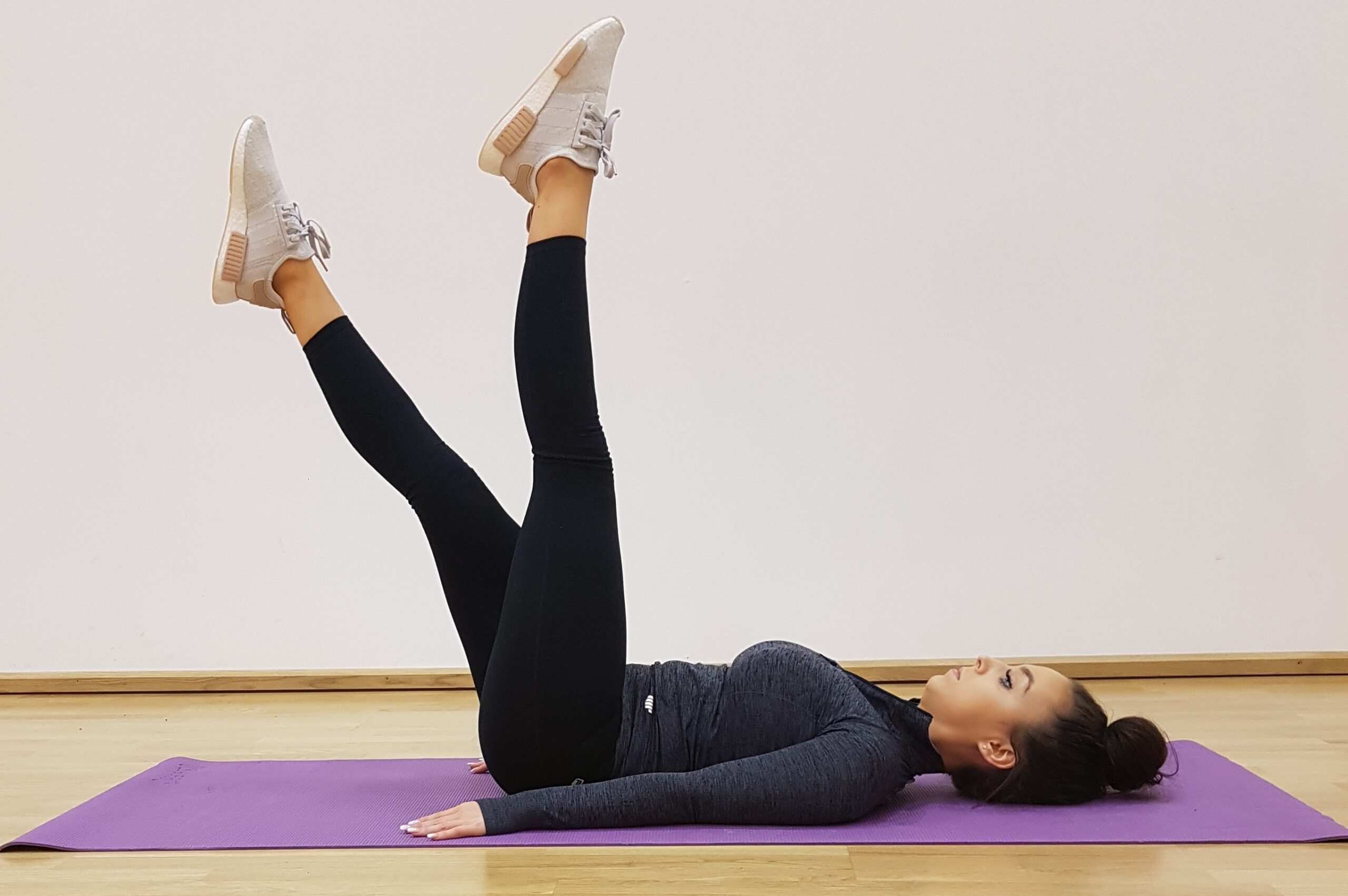How to Do Flutter Kicks for Lower Ab and Back Strength
Flutter kicks are a simple yet effective exercise for strengthening the lower abdominal muscles and the lower back. This dynamic movement targets the core muscles while also engaging the hip flexors and stabilizing muscles of the spine. In this comprehensive guide, we’ll explore the benefits of flutter kicks, provide step-by-step instructions for proper form, offer variations to suit different fitness levels, and address common questions about this exercise.
Benefits of Flutter Kicks
Core Strength
Flutter kicks primarily target the lower abdominal muscles (rectus abdominis) and the deeper stabilizing muscles of the core, helping to improve overall core strength and stability.
Lower Back Support
By engaging the lower back muscles (erector spinae) as stabilizers, flutter kicks can help support and protect the spine, reducing the risk of lower back pain and injury.
Hip Flexor Flexibility
Flutter kicks involve rhythmic movement of the legs, which can help improve flexibility and range of motion in the hip flexors.
Improved Endurance
Performing flutter kicks challenges muscular endurance, helping to build stamina and endurance in the core muscles over time.
How to Do Flutter Kicks
Follow these step-by-step instructions to perform flutter kicks with proper form:
Lie on Your Back
Start by lying flat on your back on a mat or a comfortable surface. Extend your legs fully and place your arms by your sides or under your lower back for support.
Engage Your Core
Gently draw your navel toward your spine to engage your core muscles. Keep your lower back pressed against the mat to maintain stability throughout the exercise.
Lift Your Legs
Lift your legs a few inches off the ground, keeping them straight and close together. Point your toes and maintain a slight bend in your knees to avoid strain on the joints.
Alternate Leg Movements
Begin the flutter kicks by alternately lifting and lowering your legs in a quick and controlled manner. Keep the movement small and controlled, focusing on engaging the lower abdominal muscles.
Breathe Smoothly
Maintain a steady rhythm of breathing throughout the exercise. Inhale deeply as your legs lower toward the ground, and exhale fully as you lift them back up.
Continue for Repetitions
Continue performing flutter kicks for the desired number of repetitions or for a set duration, aiming to maintain proper form and control throughout the exercise.
Rest and Repeat
After completing the set, rest briefly and then repeat for additional sets as needed, gradually increasing the intensity and duration as your strength and endurance improve.
Variations of Flutter Kicks
Flutter Kicks with Support
Place your hands under your hips or lower back for added support and stability, particularly if you experience discomfort in the lower back.
Flutter Kicks with Resistance
Hold onto a sturdy object, such as a bench or a wall, for added resistance and stability. This variation can help engage the upper body muscles while performing flutter kicks.
Flutter Kicks with Scissors
Combine flutter kicks with scissor kicks by crossing one leg over the other in a scissor-like motion. This variation adds complexity and challenges coordination and balance.
Frequently Asked Questions (FAQs)
How many flutter kicks should I do?
Start with 2-3 sets of 10-15 repetitions and gradually increase the number of sets and repetitions as your strength and endurance improve.
Should I feel flutter kicks in my lower back?
While flutter kicks primarily target the lower abdominal muscles, it’s normal to feel some engagement in the lower back as stabilizing muscles work to support the spine. If you experience discomfort, reduce the range of motion or modify the exercise with support under the lower back.
Can flutter kicks help reduce belly fat?
While flutter kicks can strengthen the abdominal muscles, they alone are not sufficient for spot reduction of belly fat. To reduce belly fat, focus on a combination of regular exercise, balanced nutrition, and overall calorie deficit.
Are flutter kicks safe for people with lower back pain?
Flutter kicks can be challenging for individuals with lower back pain or existing back issues. It’s essential to listen to your body and modify the exercise as needed, such as reducing the range of motion or using support under the lower back.
How often should I incorporate flutter kicks into my workout routine?
You can incorporate flutter kicks into your workout routine 2-3 times per week, alternating with other core-strengthening exercises to prevent overuse and promote balanced muscle development.
Can I perform flutter kicks during pregnancy?
It’s essential to consult with a healthcare professional before performing flutter kicks or any other exercises during pregnancy. Depending on individual circumstances and trimester, modifications or alternative exercises may be recommended to ensure safety and comfort.
How do I know if I’m performing flutter kicks with proper form?
Proper form is essential for maximizing the effectiveness of flutter kicks and reducing the risk of injury. Focus on engaging the core muscles, keeping the lower back pressed against the mat, and maintaining a steady rhythm of movement. If you’re unsure about your form, consider working with a certified fitness trainer for guidance and feedback.
Conclusion
Flutter kicks are a versatile and effective exercise for strengthening the lower abdominal muscles and the lower back, promoting core stability, and improving overall physical fitness. By incorporating flutter kicks into your regular workout routine and focusing on proper form and control, you can enhance core strength, improve posture, and reduce the risk of lower back pain and injury. Remember to start gradually, listen to your body, and consult with a healthcare professional or certified fitness trainer if you have any concerns or underlying health conditions. With consistency and dedication, flutter kicks can be a valuable addition to your fitness journey, helping you achieve your goals for a strong and resilient core.
- How To Safeguard Your Emotions From Gaslighting In Relationships - May 30, 2025
- Nu-Derm Skin System Near Peaslake, Surrey - May 30, 2025
- What Is The Smallest Lip Filler - May 30, 2025

